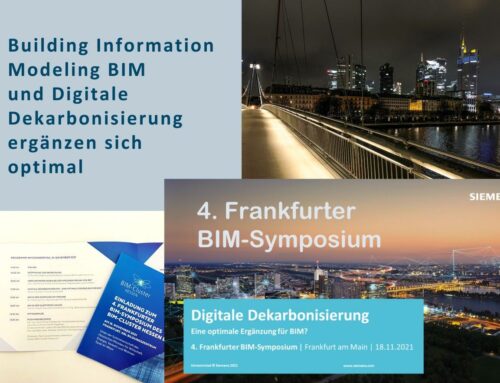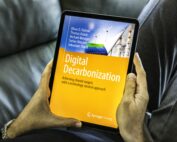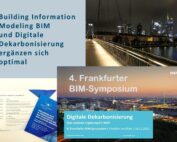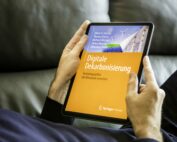Decarbonized digitalization: The share of digitalization in global energy demand has only one direction: it is increasing. Key measures to save the climate are based on digital modeling and control, which in turn are fueling this increase. Here, data centers are particularly challenged.
The megatrends of digitalization and decarbonization are the subject of intense public and political debate today, also in the context of advancing climate change. In the public perception, digitalization is generally expected to provide significant benefits in the fight against climate change. A representative survey conducted in 2019 among more than 1,000 German citizens on behalf of the Bitkom association revealed that more than half of the respondents believe that digitalization will make a positive contribution to climate protection. The majority of respondents place their hopes in particular on intelligent power grids or smart grids, digital heating technology and smart mobility solutions [3].
However, the opposite effect, i.e., an acceleration of climate change due to the indirect environmental effects of digitalization, is also increasingly attracting the attention of key players in politics and business. For example, the German Advisory Council on the Global Environment Change (WBGU) warns in its report “Our Common Digital Future” [11] of an acceleration of climate change due to the equally accelerated pace of digitalization. This is reason enough to take a more differentiated look at the phenomenon of digital decarbonization and the need for decarbonized digitalization that is causally linked to it. And that is what we will do in this article.
Decarbonization demands more computing power
The total energy demand for information and communications technology (ICT) is growing rapidly. This becomes obvious when we look at the data in Table 1 on Internet data traffic to and from data centers [6]. But it is not just the volume of data that is growing. Energy consumption in the ICT sector has also followed this predetermined exponential growth in data traffic in recent years [2]. This growth is primarily due to technological advances such as cloud computing and the rapidly increasing use of Internet services. If real-time video streaming, online gaming as well as mobile devices already accounted for 60% of total data traffic in 2017, forecasts suggest that this share is expected to rise to 80% soon [2]. […]
Der Endenergiebedarf für Informations- und Kommunikationstechnik (IKT) wächst rasant. Dies wird offenkundig, wenn wir die Angaben der Tabelle 1 zum Internetdatenverkehr von und zu Rechenzentren betrachten [6]. Aber nicht allein das Datenvolumen wächst. Auch der Energieverbrauch im IKT-Sektor folgt in den letzten Jahren diesem vorgezeichneten exponentiellen Wachstum des Datenverkehrs [2]. Das Wachstum ist vor allem auf technologische Fortschritte wie das Cloud Computing und die schnell zunehmende Nutzung von Internetdiensten zurückzuführen. Machte der Anteil von Echtzeit-Videostreaming, Online Gaming sowie mobilen Geräten 2017 bereits 60 % des gesamten Datenverkehrs aus, so lassen Prognosen erwarten, dass dieser Anteil schon bald auf 80 % ansteigen dürfte [2]. […]
You can read the full article Digital decarbonization for decarbonized digitalization by the authors Oliver D. Doleski, Thomas Kaiser, Michael Metzger, Stefan Niessen and Sebastian Thiem in Wirtschaftsinformatik & Management, Springer Nature here: https://rdcu.be/cjc0P .









